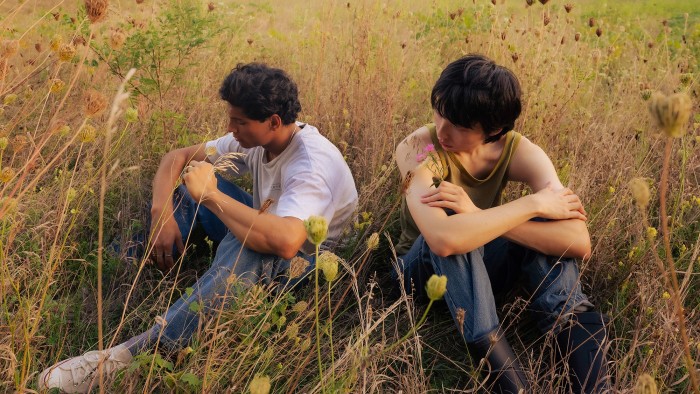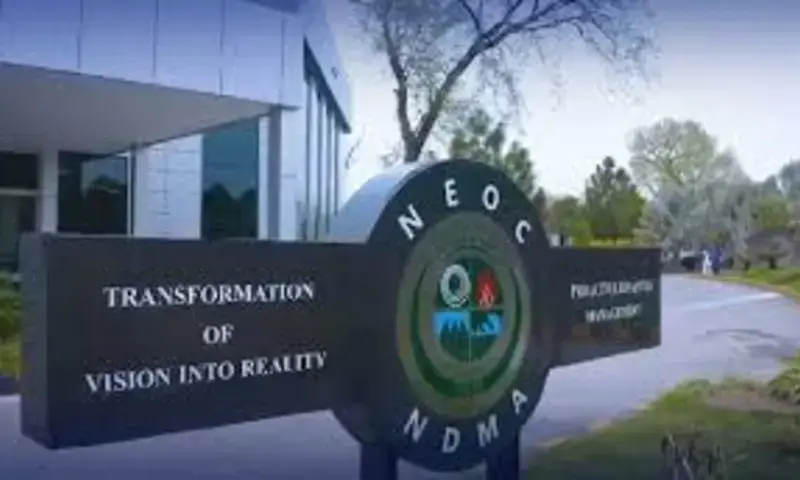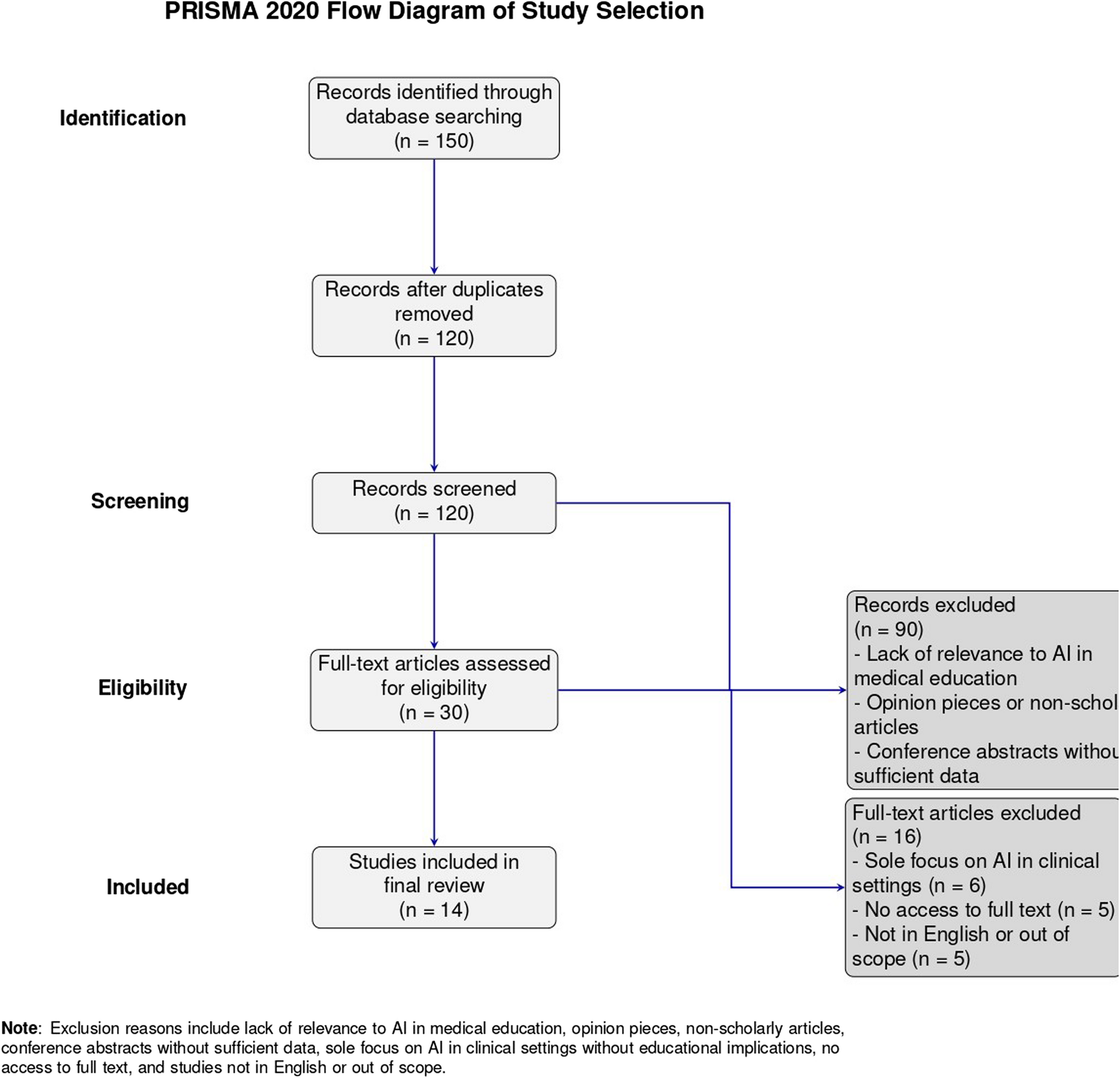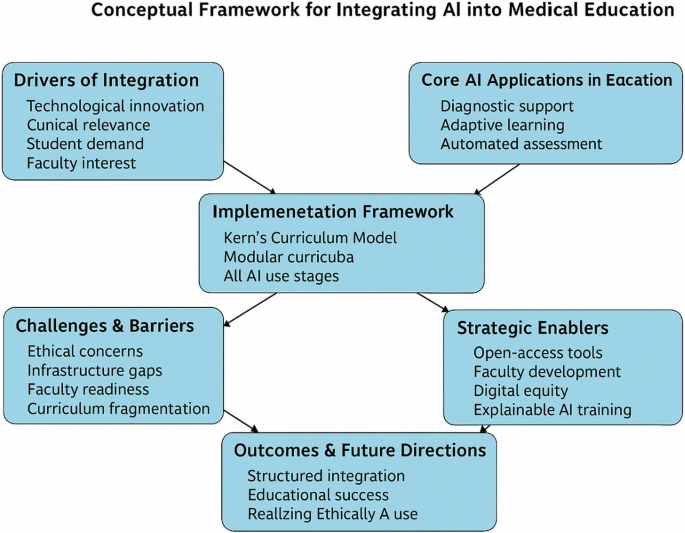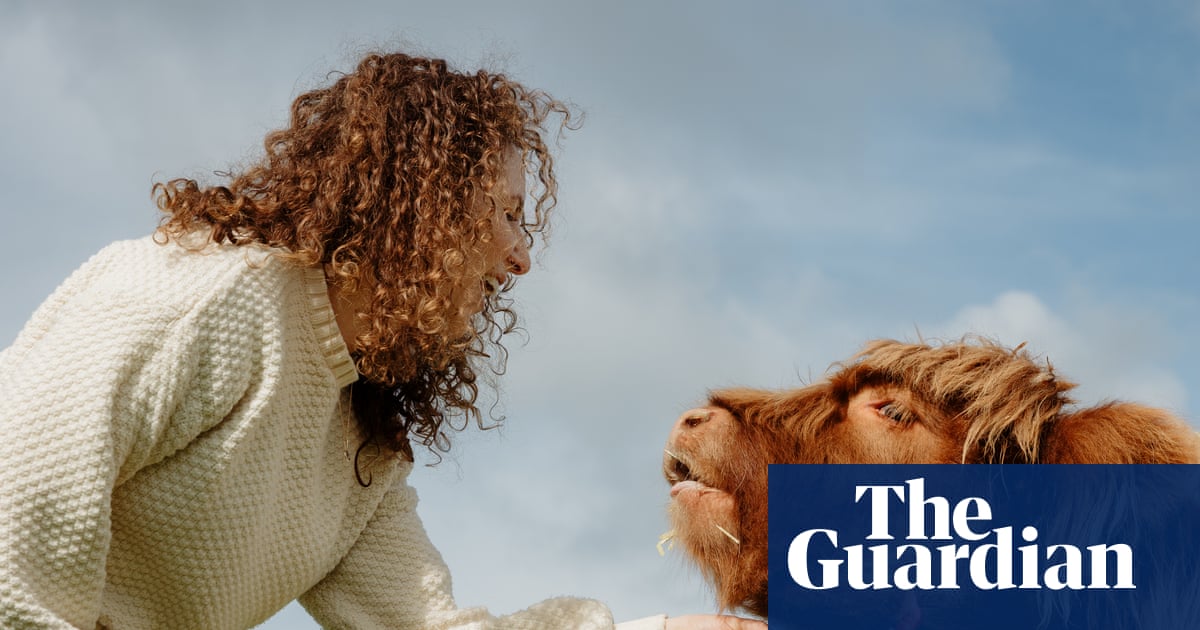In this special photography package, four artists imagine fictional pasts and possible futures as a way of questioning the present. Asian-American men lounge along the Hudson River Valley, staking claim to the land their ancestors once worked. Hollywood monsters invade the ethnographic photographs taken by colonial settlers in Brazil, challenging the idea of the “alien”. In 20th-century Sweden, a group of sisters sews intricate wedding garments that will never be worn. And the old names of Palestinian villages — their names before the mass displacement of the 1948 Nakba — are restored in new maps. Alternative histories suggest alternative futures.
Alongside these photo essays we present the work of four fiction writers: Sara Baume, Vinson Cunningham, Yomi Ṣode and Rebecca Watson. Each has written a short story or personal essay in response to a photograph, creating pairings of word and image that are by turns lyrical and spiky, meditative and deeply moving. A photographer’s frozen moment is reanimated by a writer, its characters given an unexpected afterlife on the page.
— Griselda Murray Brown
‘A River Once Dreamed’
Andrew Kung
In the series A River Once Dreamed, I recompose the Hudson River School’s romanticised paintings by staging scenes in which the river valley is inhabited by Asian-American men. Each constructed scene challenges the predominant iconography of the American landscape, and recontextualises the relationship between nature and belonging, identity and masculinity, history and erasure.
Informed by the concept of Manifest Destiny, which held that Americans were chosen by God to expand westwards and colonise the land, previous depictions of the landscape, such as those by the Hudson River School, implied who was able to participate in the natural world and how. Despite major contributions to the landscape, including constructing the Transcontinental Railroad, advancing the nation’s agricultural infrastructure and pledging allegiance in war, Asian migrants and their histories remain largely misrepresented and invisible.
Through intimate scenes of friendship, the cast of characters is reimagined as cultural citizens of the Hudson River Valley, America’s first iconic landscape. Ultimately, they are contesting the history of land ownership and staking their claim to the American pastoral.





Andrew Kung’s exhibition, “A River Once Dreamed”, will be at Blue Sky Gallery, Portland, Oregon, from November 6-29
‘Ficções Coloniais’
Denilson Baniwa


I think of King Kong, taken from his land to be displayed as a trophy and a freak, just as the Tupinambá people were taken to Europe and exhibited in public squares. Godzilla, the Loch Ness Monster, the Kraken — they could all represent what happens when progress advances over forests, rivers and ecosystems. Western stories and cinema imagine alien attacks that destroy cities because that is exactly what the west has done over time, and now it fears a historical revenge. For many of the world’s indigenous peoples, the aliens were once the westerners.
This work, from the series Ficções Coloniais (which translates as “Colonial Fictions”), is part of a broader practice that reflects on the invention of “Brazil” and the ways in which indigenous peoples have been represented, exoticised and silenced in visual culture. I draw from historical accounts, ethnographic archives, popular cinema and contemporary media to weave images that break away from conventional narratives. By placing indigenous perspectives into the visual language of mass culture, from Hollywood blockbusters to advertising, I seek to expose the colonial gaze embedded in these global icons.


Here, I imagine indigenous art as a right of reply, and the right to tell an alternative history of Brazil. I repurpose the icons we have grown used to seeing framed on television screens, in cinemas and on cell phones, icons that are metaphors for the idea of “the other”.
By using humour to bring together such diverse, seemingly jarring material, I hope to spark debate on appropriation, image rights and reproduction — where guaraná is originally Sateré Mawé and popcorn is Guarani.
This is not only about reclaiming symbols, but about reframing the narratives that shape the way the world sees indigenous cultures past, present and future.
Denilson Baniwa will be exhibiting as part of “Ancestral Futures” at Les Rencontres d’Arles until August 31 and as part of “Câmbio de Paradigma. Um giro no Brasil” at the Cervantes Institute of Rio de Janeiro until September 3
‘Reimagining Homeland’
Samaa Emad


Reimagining Homeland is an artistic project that uses collage to delve into the intricate tapestry of memory and culture in Palestine. It aims to (re)create and (re)imagine the vibrant life of the villages destroyed in the 1948 Nakba, the Arabic name meaning “catastrophe”, when more than half the Palestinian population were driven from their homes and lands. This project weaves together disparate elements with the aim of fostering dialogue and reconciliation.


The Palestinian narrative is one fraught with struggles for justice, identity and survival amid a landscape marked by displacement and destruction. Reimagining Homeland seeks to engage with these complexities through collage, providing a visual and tactile journey through memory and imagination. Drawing upon archival photographs, oral histories and personal narratives, the work incorporates a diverse range of materials. These materials serve as the building blocks for compositions that capture the essence of Palestinian life and culture, while also reflecting on the impact of conflict and displacement.


I have selected pictures from the Palestinian archive from the period before the Nakba, pictures of daily practices carried out by Palestinians in their villages. I have included maps of these villages and their old names, which were changed after the occupation. With techniques such as tearing, cutting, layering and stitching, the collages become a medium for exploration, dialogue and healing.
‘Hail Mary, Bobbin Lace, Serpent’s Thread’
Emilia Martin


Growing up partly on my grandparents’ farm in eastern Poland, I spent countless hours observing my grandmother, a rural textile worker, as she sewed, her fingers dancing with needle and thread in a rhythm that skirted between the ordinary and the mythical. “Will you put a thread on for me?” she would say, trusting my younger eyes as though they were an extension of her own.


Her work, like so much labour categorised as domestic and inherently feminine, was unrecognised, undervalued and dismissed and once she passed away, her textiles were discarded. The project Hail Mary, Bobbin Lace, Serpent’s Thread interweaves her story with that of the Andersson sisters, who, living in Sweden at the dawn of the 20th century, spent their lives creating textiles for their Knottekistje (wedding caskets). Yet four of the five sisters did not marry and their intricate textiles were never used, leaving a complex record of their lives while challenging the definition of textile making as a practical feminine craft with the sole purpose of domestic use.


Emilia Martin will be exhibiting “I saw a tree bearing stones in the place of apples and pears” at the Pictura Gallery in Bloomington, Indiana, in November
Find out about our latest stories first — follow FT Weekend Magazine on X and FT Weekend on Instagram
